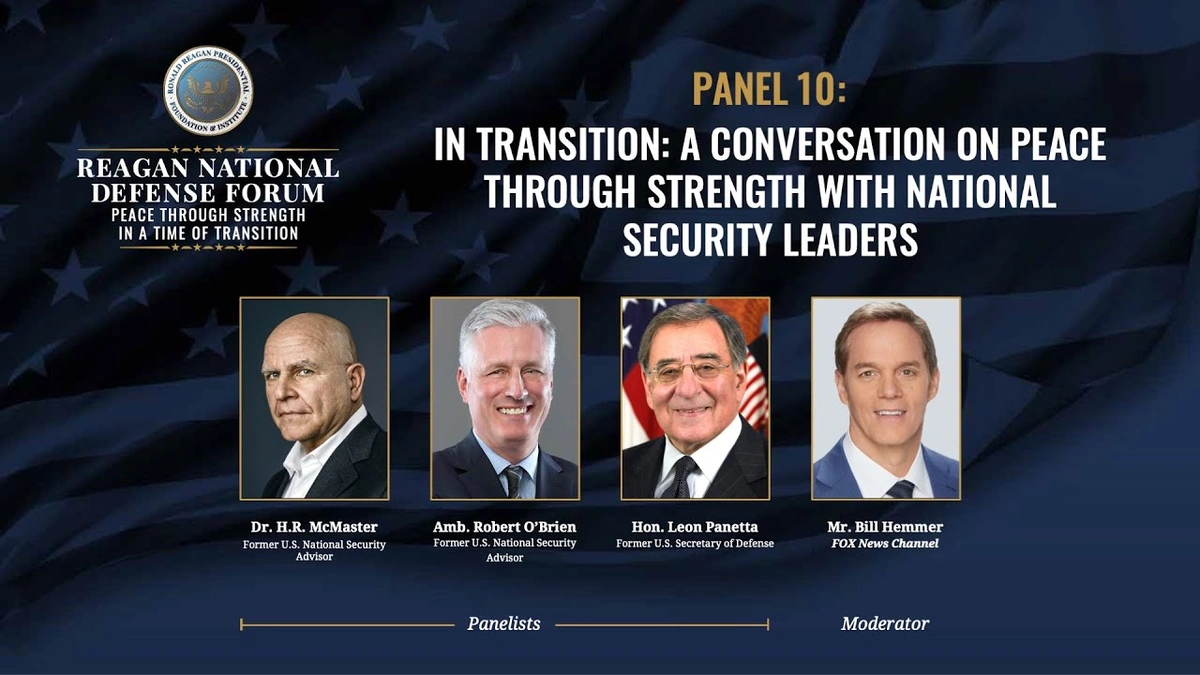Here’s the thing: the idea of “peace through strength” – especially as embodied by Reagan’s Doctrine – isn’t just some dusty old Cold War relic. It’s a surprisingly relevant framework for understanding global politics even today. But it’s also more nuanced than a simple “bigger military = less war” equation. Let’s dive into why this approach resonated, how it played out, and whether it’s a model we can or should still be using.
The Core Idea | Deterrence and Resolve

At its heart, the Reagan Doctrine believed that a strong military and a willingness to use it (or at least credibly threaten to) could deter aggression and ultimately maintain peace. This wasn’t just about having a lot of tanks and planes. It was also about projecting an image of unwavering resolve. Think of it like this: a well-defended house with a clear “Beware of Dog” sign is less likely to be targeted by burglars than a dilapidated shack. And President Reagan understood the importance of deterrence strategies.
But, and this is crucial, the doctrine went beyond mere deterrence. It also advocated for actively supporting anti-communist movements around the world – even if it meant intervening in regional conflicts. This is where things get complicated – and where the legacy of Reagan’s foreign policy is hotly debated even now.
Supporting Freedom Fighters | A Risky Gambit
The most controversial aspect of the Reagan Doctrine was its support for anti-communist insurgents in places like Afghanistan, Nicaragua, and Angola. The idea was to bleed the Soviet Union dry by forcing them to expend resources and manpower in these proxy wars. And let’s be honest, there was a moral dimension too – supporting those fighting for freedom against oppressive regimes. Wikipedia provides a good overview of the geographical reach.
However, this support often came with unintended consequences. In some cases, the groups we backed turned out to be less than savory characters themselves, leading to long-term instability and even the rise of new conflicts. The situation in Afghanistan, where the U.S. supported the Mujahideen against the Soviet Union, is a prime example of how intervention, even with good intentions, can have unforeseen and devastating effects. A common mistake I see people make is romanticizing the Cold War era; the reality was far more complex and morally ambiguous. The doctrine also shows the evolution of Cold War strategy.
Warfighters as Peacemakers | An Oxymoron?
The phrase “warfighters ensure peace” might sound like an oxymoron. But the logic behind it, from Reagan’s perspective, was that a strong, well-trained, and well-equipped military could quickly and decisively respond to threats, preventing them from escalating into larger conflicts. It’s a “speak softly and carry a big stick” kind of philosophy. And I’ve found that’s something most people can get behind.
However, the effectiveness of this approach depends heavily on how that military power is used. A reckless or impulsive use of force can easily backfire, leading to unintended consequences and a cycle of violence. The key is to exercise restraint and to use military force only as a last resort – and even then, with clear objectives and a well-defined exit strategy. As per the guidelines mentioned in the information bulletin, the use of force should only be used when absolutely needed.
The Enduring Relevance (and Risks) of Peace Through Strength
So, is Reagan’s Doctrine still relevant today? In a world facing new and evolving threats – from terrorism to cyber warfare to great power competition – the idea of maintaining a strong military to deter aggression still holds some appeal. But we also need to be mindful of the risks. A purely militaristic approach can be counterproductive, fueling resentment and instability. We need to be smart, deliberate, and very pragmatic. Remember that historical contextis key.
What fascinates me is how this ties into current debates about defense spending and foreign policy. How do we strike the right balance between maintaining a strong military and investing in diplomacy, economic development, and other tools of statecraft? That’s the million-dollar question, isn’t it? And honestly, there’s no easy answer. The modern applications of Reagan’s Doctrine are complicated.
Ultimately, the success of any “peace through strength” strategy depends on more than just military might. It requires wisdom, diplomacy, and a deep understanding of the world’s complexities. And perhaps, most importantly, a willingness to learn from the mistakes of the past. The goal is to ensure a stable global order, not simply project power, and this requires us to consider the ethical considerations of military power.
FAQ | Understanding Reagan’s Peace Through Strength
What exactly was the Reagan Doctrine?
It was a strategy of supporting anti-communist movements worldwide, aiming to weaken the Soviet Union and promote democracy.
Did it actually work?
It’s debatable. Some argue it helped end the Cold War, while others point to negative long-term consequences in certain regions. Senate discussions often debate the effectiveness of defense spending.
Is it the same as “militarism”?
Not necessarily. It emphasizes military strength as a deterrent, but doesn’t automatically equate to aggressive military intervention.
Can it be used today?
Elements of it can, but it needs to be adapted to the unique challenges of the 21st century. We also need to remember the lessons from Cold War interventions.
What are the risks?
Overreliance on military force, unintended consequences, and the potential for escalating conflicts.
Let me rephrase that for clarity… The crucial thing to remember is that “peace through strength” is a tool, not a magic bullet. Used wisely, it can be a valuable asset. Used carelessly, it can be a recipe for disaster. And remember the domestic implications of defense policy!




